Tribe Myoporeae | Scientific name Myoporum Rank Genus | |
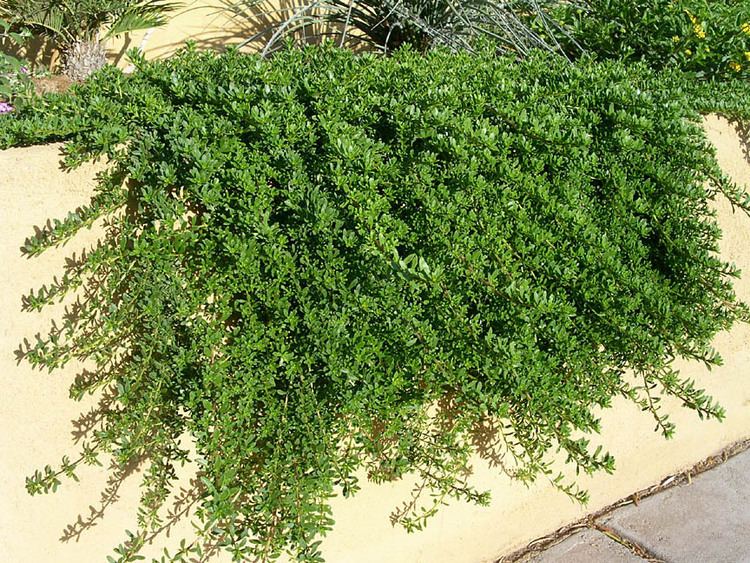 | ||
Lower classifications Myoporum parvifolium, Myoporum laetum, Myoporum insulare, Myoporum sandwicense, Myoporum stokesii | ||
Myoporum parvifolium
Myoporum is a genus of flowering plants in the figwort family, Scrophulariaceae (formerly placed in Myoporaceae). There are 30 species in the genus, most of which are endemic to Australia although others are endemic to Pacific Islands, including New Zealand, and one is endemic to two Indian Ocean islands. They are shrubs or small trees with leaves that are arranged alternately and have white, occasionally pink flowers and a fruit that is a drupe.
Contents
- Myoporum parvifolium
- Yareena is a longer lived myoporum parvifolium native shrubs ground covers
- Description
- Taxonomy and naming
- Distribution
- Use in horticulture
- Species list
- Formerly placed here
- References
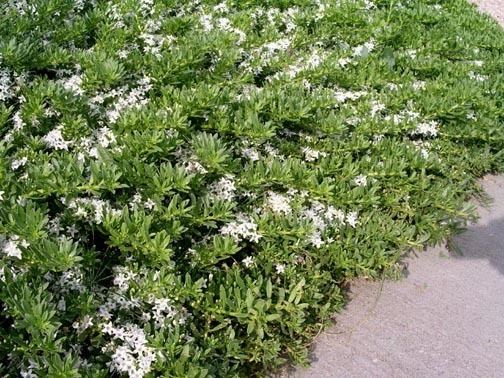
Yareena is a longer lived myoporum parvifolium native shrubs ground covers
Description
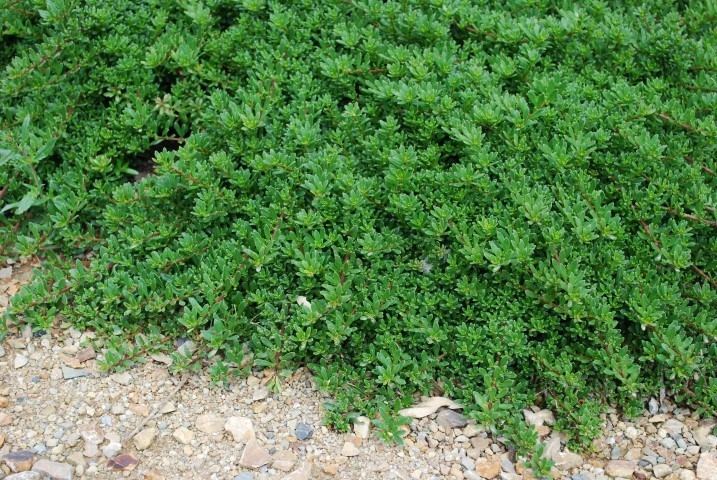
Plants in this genus are shrubs or small trees, mostly glabrous with simple leaves that are arranged alternately and often lack a petiole (although the leaves often taper towards the base). The flowers are adapted for pollination by insects and have white, (sometimes pinkish) petals and usually 4 stamens. The fruit is a drupe with its central seed surrounded by a hard endocarp and usually succulent mesocarp.
Taxonomy and naming
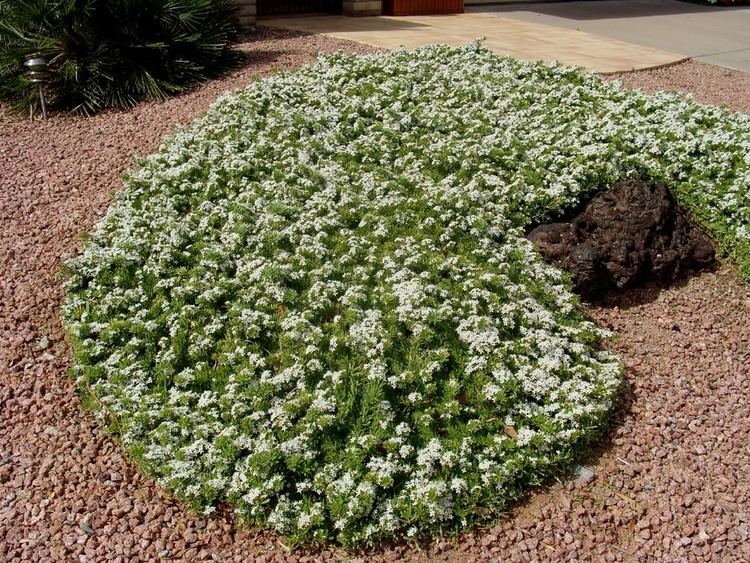
The genus Myoporum was first formally described in 1786 by Georg Forster, although he acknowledged Daniel Solander as the author. The name Myoporum is derived from the Ancient Greek myo meaning "to close" or "to be shut" and poros meaning "pore", referring to the ability of (some) plants in this genus to exist in dry areas, or possibly to the appearance of the glands on the leaves.
Distribution
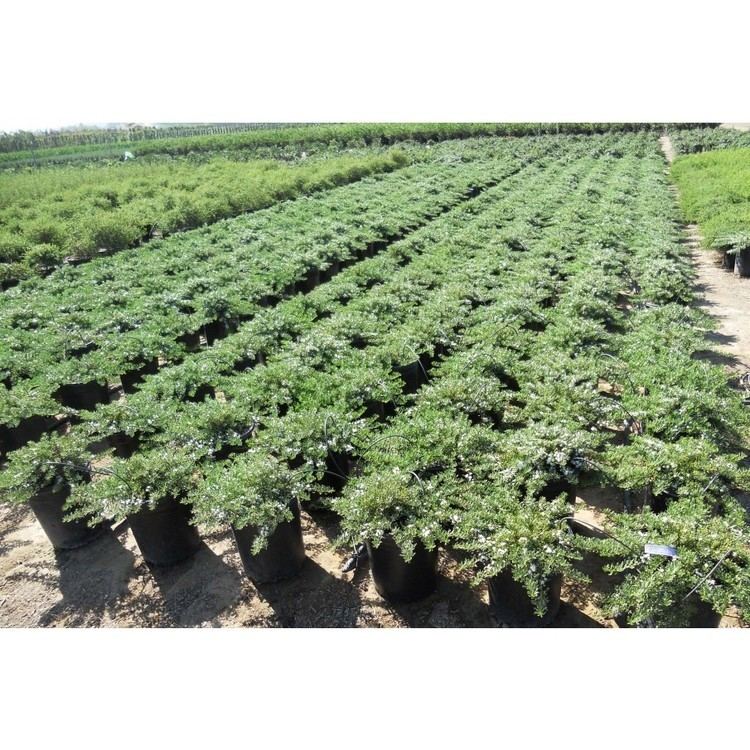
There are 30 species in the genus, which is spread from Mauritius, across Australia to the Pacific Islands. 18 species are endemic to Australia.
Use in horticulture
M. parvifolium, M. floribundum and M. bateae are often cultivated as ornamentals, hedges or windbreaks. M. insulare, M. montanum, M. acuminatum and sometimes M. parvifolium are often used as rootstock for Eremophila species, especially those that are difficult to grow from cuttings or that are to be grown in heavier soils. Some, including M. insulare and M. laetum are known to be poisonous to stock.
Species list
The following is a list of the species of Myoporum as described by Robert Chinnock.
Formerly placed here

